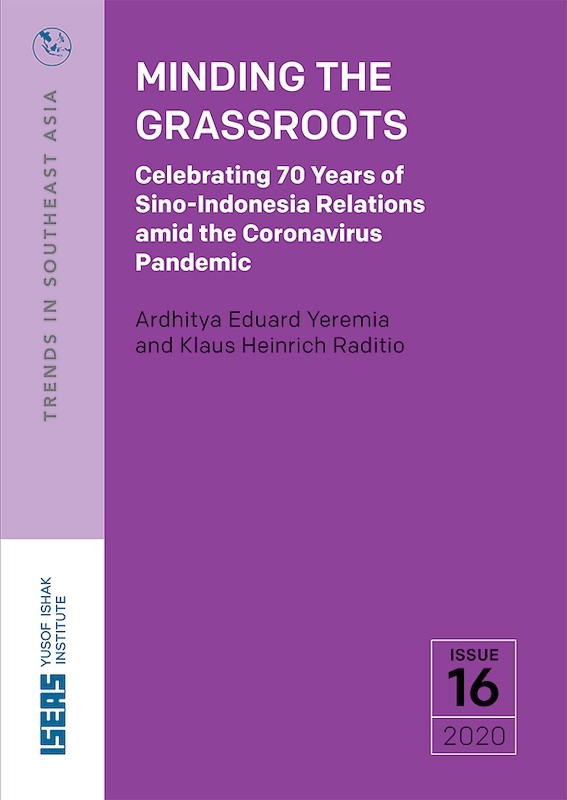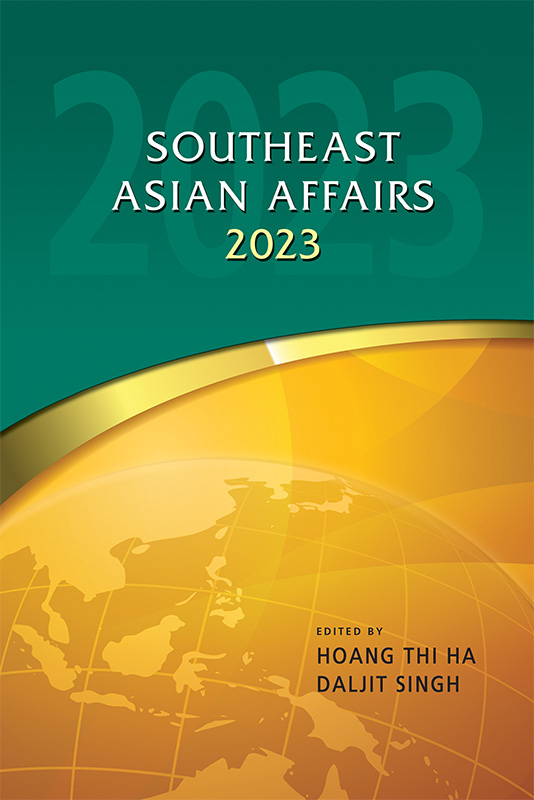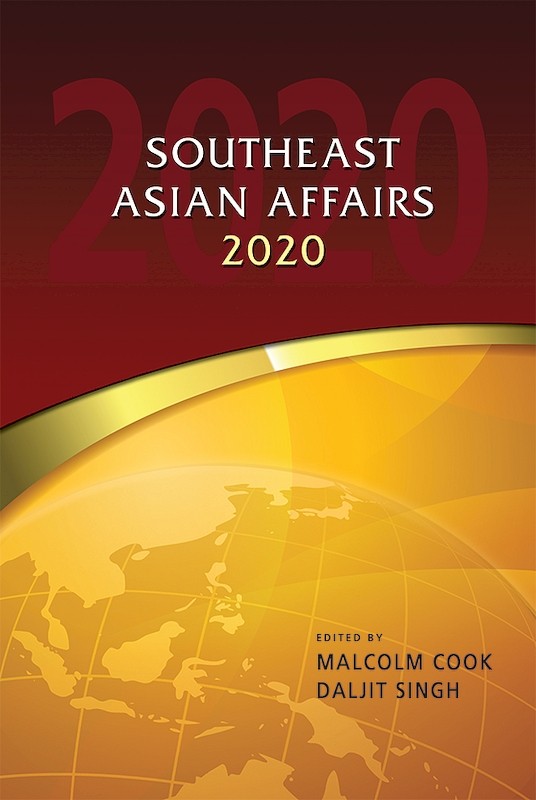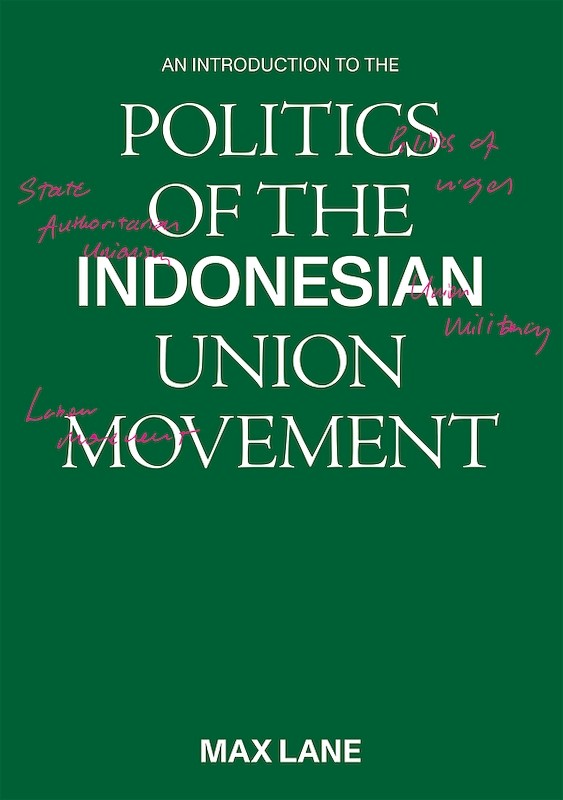Conflict in Myanmar: War, Politics, Religion

Reviews
About the publication
As Myanmar’s military adjusts to life with its former opponents holding elected office, Conflict in Myanmar showcases innovative research by a rising generation of scholars, analysts and practitioners about the past five years of political transformation. Each of its seventeen chapters, from participants in the 2015 Myanmar Update conference held at the Australian National University, builds on theoretically informed, evidence-based research to grapple with significant questions about ongoing violence and political contention. The authors offer a variety of fresh views on the most intractable and controversial aspects of Myanmar’s long-running civil wars, fractious politics and religious tensions. This latest volume in the Myanmar Update Series from the ANU College of Asia and the Pacific continues and deepens a tradition of intense, critical engagement with political, economic and social questions that matter to both the inhabitants and neighbours of one of Southeast Asia’s most complicated and fascinating countries.
“Conflict in Myanmar is a timely collection of first-rate essays, looking in-depth at the dynamics of war and peace, identity, religion, and nationalism that are re-fashioning the country today. The old Myanmar story of dictators versus democrats is quickly fading. This book’s combined analysis gives us an intimation of what might come next.” — Thant Myint-U, author of Where China Meets India
“Ranging across prospects for peace in a land long marked by warfare, for democracy in a country actively transitioning away from authoritarian rule, and for communal accord in a state yet to become a meaningful nation, Conflict in Myanmar is essential reading for anyone interested in contemporary Southeast Asia.” — Ian Holliday, University of Hong Kong
“The latest volume from the Myanmar Update Series continues its admirable tradition of including both younger scholars and scholars from Myanmar, but the real strength is in its contributors’ careful study of their subjects. Grounded in fieldwork in diverse parts of the country, the chapters also engage ably with discipline-specific theory. We need more books like this, that deal intelligently with such a critically important yet poorly-understood topic.” — Matthew J. Walton, University of Oxford
“Since its inception at the Australian National University in 1999, this series of biennial academic conferences has produced edited volumes that have contributed significantly to the literature on Myanmar studies. This volume addresses some of the most challenging and pressing issues in Myanmar. It is a welcome addition to our knowledge.” — Maung Aung Myoe, International University of Japan
“ANU’s Myanmar/Burma Update proceedings have always been valued references on the central issues that confront Myanmar today. Books in this series include both cutting-edge research and syntheses on the political, social and economic forces shaping Myanmar since the turn of the 2010s. There is no question that this new volume will be an important addition to our understanding of Myanmar’s startling transformations.“ — Renaud Egreteau, Wilson Center, Washington, D.C.
Contents
-
Conflict in Myanmar: War, Politics, Religion
[Whole Publication, ISBN: 9789814695879], by Nick Cheesman, Nicholas Farrelly, authors -
Preliminary pages
- PART I: INTRODUCTION
-
1. Myanmar's conflicted politics, by Nicholas Farrelly, author
- PART II: WAR AND ORDER
-
2. The politics of policymaking in transitional government: A case study of the ethnic peace process in Myanmar
-
3. Reexamining the centrality of ethnic identity to the Kachin conflict, by Costas Laoutides, Anthony Ware, authors
-
4. A feminist political economy analysis of insecurity and violence in Kachin State, by Jenny Hedström, author
-
5. Pacifying the margins: The Pa-O Self-Administered Zone and the political order in southern Shan State, by Ricky Yue, author
-
6. Landmines as a form of community protection in eastern Myanmar, by Gregory S. Cathcart, author
- PART III: ELECTIONS AND AFTER
-
7. The 2015 elections and conflict dynamics in Myanmar, by Michael Lidauer, author
-
8. Institutions in Myanmar's 2015 election: The election commission, international agencies, and the military, by Chaw Chaw Sein, author
-
9. Ethnicity and Buddhist nationalism in the 2015 Rakhine State election results, by Than Tun, author
-
10. The Hluttaw and conflicts in Myanmar, by Chit Win, author
-
11. Legislating reform? Law and conflict in Myanmar, by Melissa Crouch, author
- PART IV: US AND THEM
-
12. Making sense of reactions to communal violence in Myanmar, by Tamas Wells, author
-
13. Public perceptions of a divided Myanmar: Findings from the 2015 Myanmar Asian Barometer Survey, by Bridget Welsh, Kai-Ping Huang, authors
-
14. On Islamophobes and Holocaust deniers: Making sense of violence, in Myanmar and elsewhere, by Matt Schissler, author
-
15. Buddhist welfare and the limits of big ‘P’ politics in provincial Myanmar, by Gerard McCarthy, author
-
16. Threat perceptions in the Myanmar–Bangladesh borderlands, by Helal Mohammed Khan, author
- PART V: CONCLUSION
-
17. Myanmar and the promise of the political, by Nick Cheesman, author
-
Abbreviations and Key Terms
-
Index
Myanmar Update Series
-
2014Debating Democratization in Myanmar
-
2012Myanmar's Transition: Openings, Obstacles and Opportunities
-
2010Ruling Myanmar: From Cyclone Nargis to National Elections






